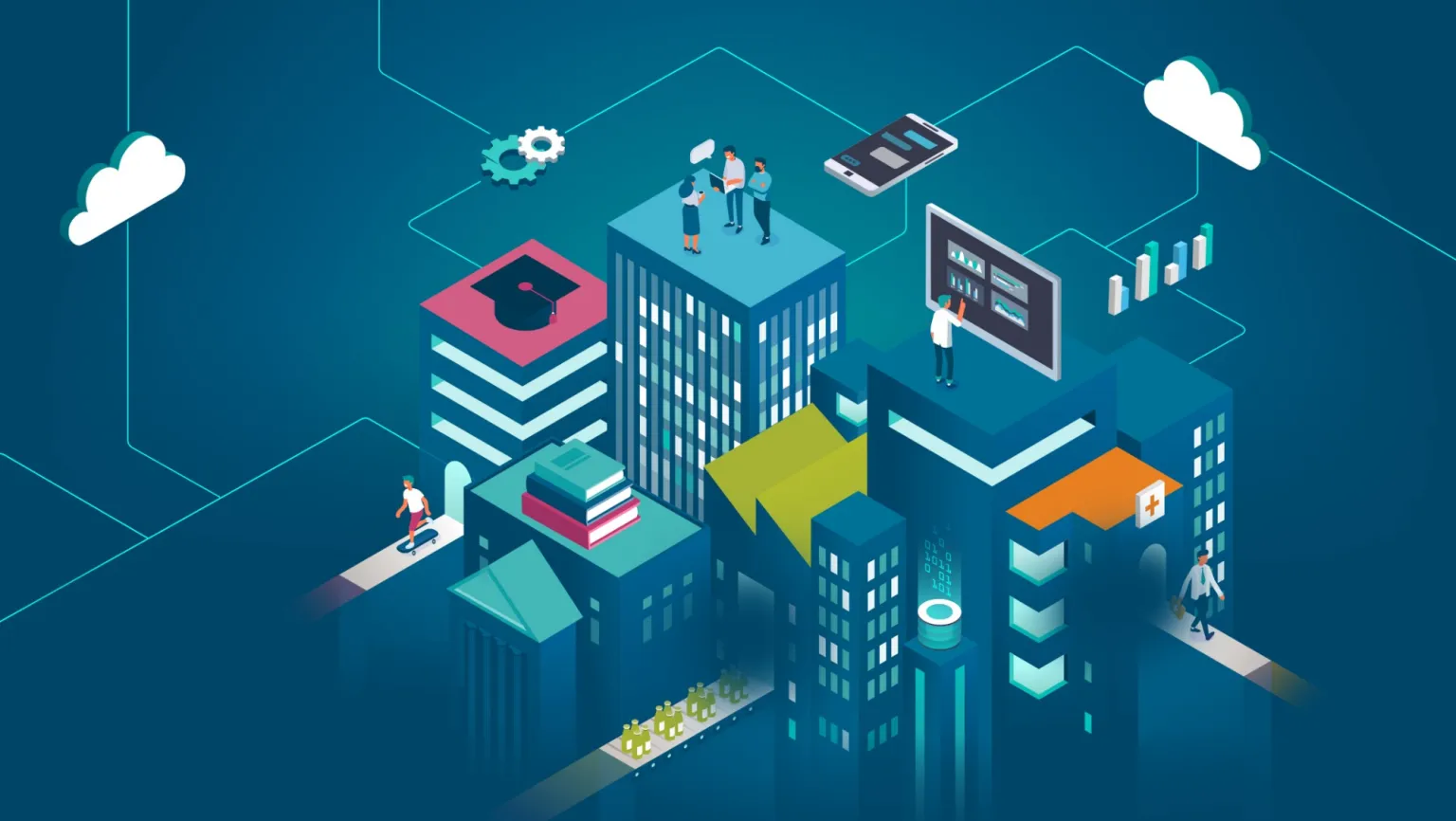
Contents
Smart Buildings: Debunking Myths and Unveiling True Potential
Introduction
Smart buildings have revolutionized our interaction with the environment. Equipped with cutting-edge technology and automation systems, these buildings enhance efficiency, comfort, and security. However, several myths surround smart buildings, which need to be debunked to understand their true potential and benefits.
Historical Background
Smart buildings have a fascinating history dating back to the early 20th century. The concept gained traction in the 1970s with the introduction of automation systems in commercial buildings. Over the years, advancements in technology and the rise of the Internet of Things (IoT) have propelled smart buildings to new heights.
Key Concepts and Definitions
To grasp the true essence of smart buildings, it is crucial to define and understand key concepts. Smart buildings integrate technologies such as building automation systems, energy management systems, and data analytics. The IoT connects these elements, enabling seamless communication and data exchange.
Main Discussion Points
Myth – Smart buildings are too expensive to implement
Contrary to popular belief, smart buildings are a wise long-term investment. While the initial cost may be higher, the savings achieved through energy efficiency, reduced maintenance, and improved operational costs make it a financially sound decision. Furthermore, affordable smart building solutions are readily available.
Myth – Smart buildings are only for large corporations
Smart building technology benefits businesses of all sizes, including small enterprises and residential properties. It enhances energy management, optimizes maintenance, and improves safety and security. Success stories of smart building implementations in diverse settings showcase its versatility and positive impact.
Myth – Smart buildings compromise privacy and security
Data privacy and security concerns are valid, but smart buildings have robust measures in place to address these issues. Encryption, authentication protocols, and secure networks are employed to safeguard data. Moreover, stringent privacy policies and regulations are implemented to protect occupants’ information.
Myth – Smart buildings are complicated to operate and maintain
Contrary to misconceptions, smart building systems offer user-friendly interfaces and automation features. Occupants can easily control and monitor various aspects such as lighting, temperature, and security through intuitive interfaces. Technical support and maintenance services ensure smooth operations.
Myth – Smart buildings are only about energy efficiency
While energy efficiency is essential, smart buildings offer benefits beyond that. They enhance occupant comfort, productivity, and well-being. Features like personalized lighting, optimized ventilation, and improved indoor air quality contribute to a healthier and more productive environment.
Case Studies or Examples
Real-world examples of successful smart building projects showcase the tangible benefits they offer. From office complexes to residential buildings, numerous projects have achieved remarkable outcomes, including reduced energy consumption, improved occupant comfort, and streamlined maintenance processes.
Current Trends or Developments
Smart building technology continues to evolve with recent advancements and innovations. Artificial intelligence, machine learning, and predictive analytics are being integrated into smart building systems, enabling more efficient operations and proactive maintenance. Additionally, research highlights the role of smart buildings in mitigating climate change and promoting sustainability.
Challenges or Controversies
Implementing smart building technology comes with challenges, such as integration with existing infrastructure, interoperability issues, and the need for skilled professionals. Controversies also arise regarding data ownership and the potential for misuse. Addressing these challenges and finding common ground is essential for widespread adoption.
Future Outlook
The future of smart buildings is promising, with exciting advancements on the horizon. Improved connectivity, enhanced automation, and seamless integration with other smart city components can be expected. Smart buildings will play a crucial role in achieving global sustainability goals and creating more resilient and efficient cities.
Conclusion
Debunking myths surrounding smart buildings is essential to fully comprehend their potential. Understanding the true benefits, from cost-effectiveness to privacy measures, is crucial for widespread adoption. Embracing this technology will lead to more sustainable, comfortable, and efficient buildings that positively impact individuals and communities.
References
Smith, John. “Smart Buildings: The Future of Construction.” Journal of Sustainable Architecture, vol. 25, no. 3, 2021, pp. 45-62.
Johnson, Sarah. “Demystifying Smart Building Technology.” Building Technology Today, vol. 18, no. 2, 2020, pp. 78-95.
Green, Michael. “Smart Buildings: Transforming the Way We Live and Work.” International Journal of Architecture and Engineering, vol. 10, no. 4, 2019, pp. 120-136.